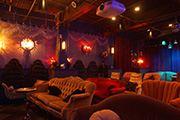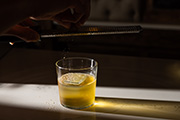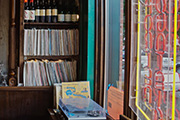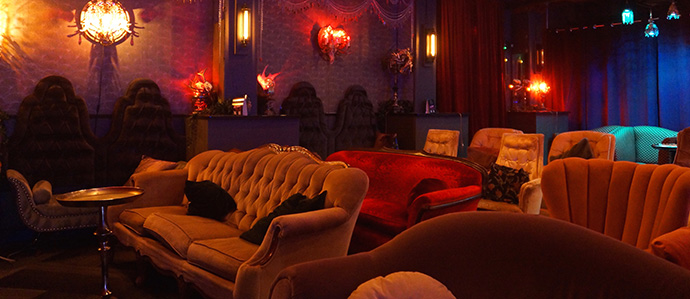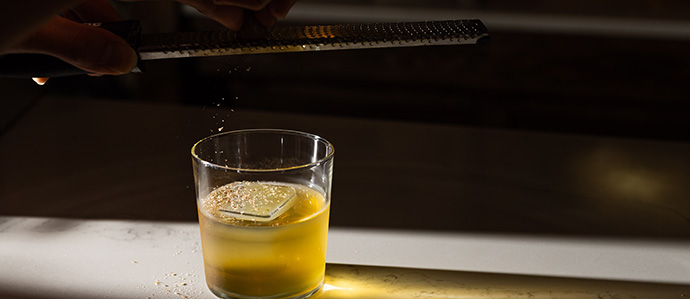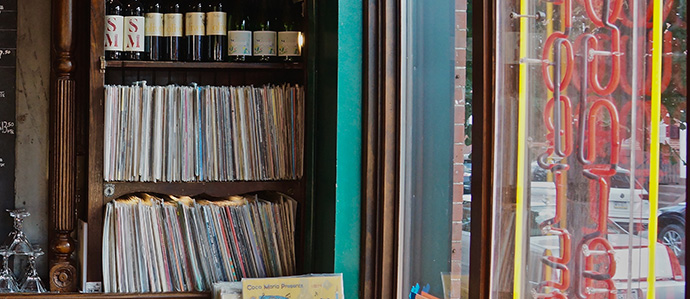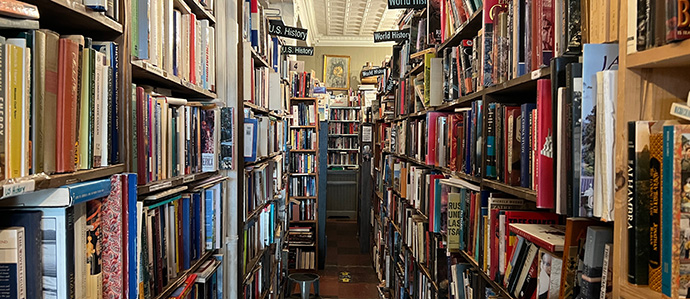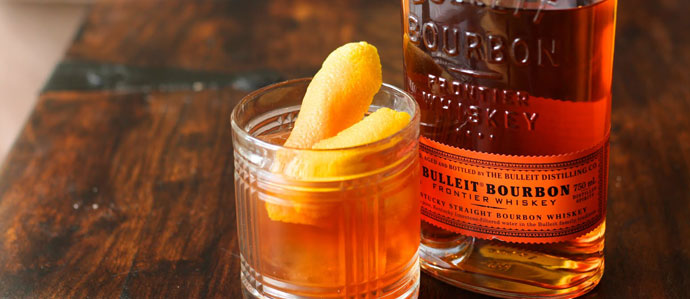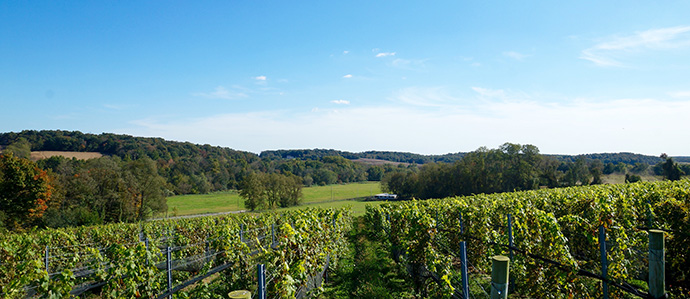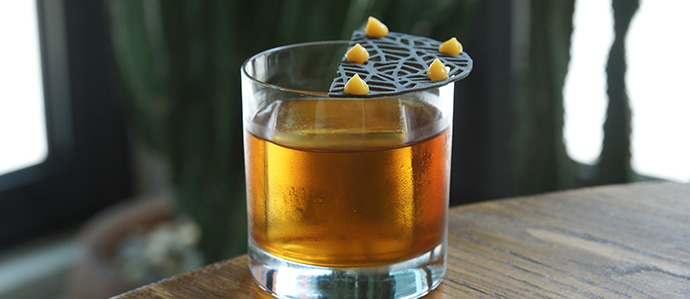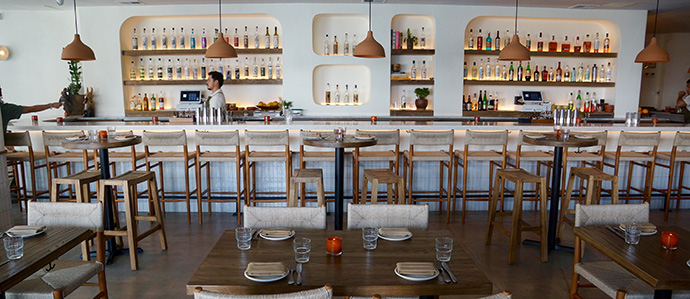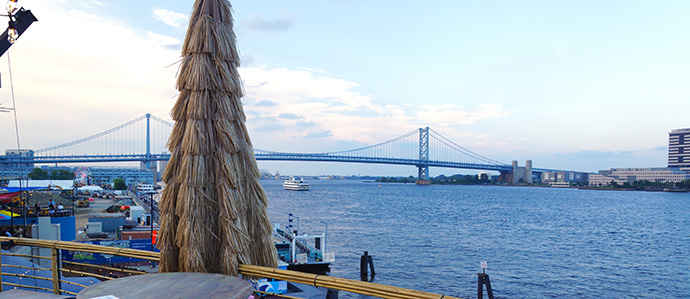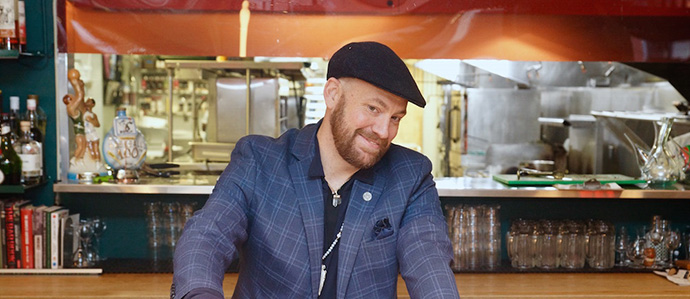Beer Review: Unibroue Terrible

Almost any Unibroue beer can make an exquisite companion for winter. Robust, malty, big-bottled… a chalice and a fireplace is all you need to complete a cozy evening at home with an offering from the Quebec-based brewery.
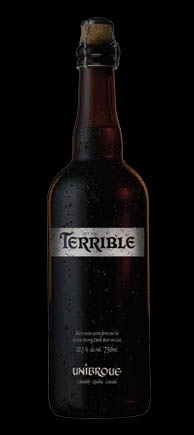 Of the portfolio, the Abbey-style brew known as Terrible is one to select for a night that deserves a memorable touch. Celebrating an anniversary, maybe, or toasting to a safe return from a trip. Terrible is a specialty release – sometimes rather expensive – and the presentation alone alludes to its status as distinctive in a roster of distinctive beers. The dark brown 750 ml bottle carries no painted or paper label, just a silk-screened silver tag with a titled cutout. (Side note: the word is pronounced as in French.) The name was chosen because brewmasters liked it so much they thought it would be funny to name it conversely. “Who’s going to be calling it Terrible unless the beer’s great,” grins Unibroue sales rep Bernard Johnson.
Of the portfolio, the Abbey-style brew known as Terrible is one to select for a night that deserves a memorable touch. Celebrating an anniversary, maybe, or toasting to a safe return from a trip. Terrible is a specialty release – sometimes rather expensive – and the presentation alone alludes to its status as distinctive in a roster of distinctive beers. The dark brown 750 ml bottle carries no painted or paper label, just a silk-screened silver tag with a titled cutout. (Side note: the word is pronounced as in French.) The name was chosen because brewmasters liked it so much they thought it would be funny to name it conversely. “Who’s going to be calling it Terrible unless the beer’s great,” grins Unibroue sales rep Bernard Johnson.
The bottle is corked and caged, giving it an elegant touch, like a fine wine. Unibroue suggests the beer can be aged up to five years, which typically imparts a rounder, mellower, fruitier taste. The one tasted for this review was only about two years old.
Terrible is a 10.5% ABV dark ale aged on lees, which means it’s rested on the residual yeast deposits, fats and proteins that settle to the bottom of an aging vessel after secondary fermentation. It’s a process more common in wine than beer one that imparts a yeasty taste, which in this case comes across like warm, gooey bread. This style of brew costs more to make because it requires that the beer take up tank space for a longer period of time.
Poured into a tulip-shaped sampler glass, Terrible filled the vessel like a visually impenetrable black ink. The head, a medium-tan, rose anywhere between a millimeter and two fingers above the surface, depending on the aggressiveness of the pour. Where the head appeared, its retention was impressive, though the lacing (the residue the head leaves sticking to the glass as it diminishes – usually desirable) dissipated immediately.
On the nose, Terrible was slightly bready and pleasantly sweet, without being cloying, like a whiff of light simple syrup boiling on the stove. While there were upfront notes of plum, fig and freshly sliced apple, there was also an airy and refreshing undertone that balanced out the fruits. The flavor was rich and full of brown sugar and maple syrup, with a base of chocolate malts. The only sour note came mid-palate, when a touch of bitterness crept in. I’d guess this probably goes away upon further cellaring. A creamy mouthfeel made the beer round, supple and lasting on the tongue.
Terrible in bottles is more readily available than originally intended, so do search for it near you. It’s also about to get even easier to find: the kegs of Terrible are making their way to the East Coast of the US right now. Soon, there will be even more reasons to smile and pronounce Terrible “terrible.”
Top photo via Flickr user The Zeppelin
Tags: Beer






